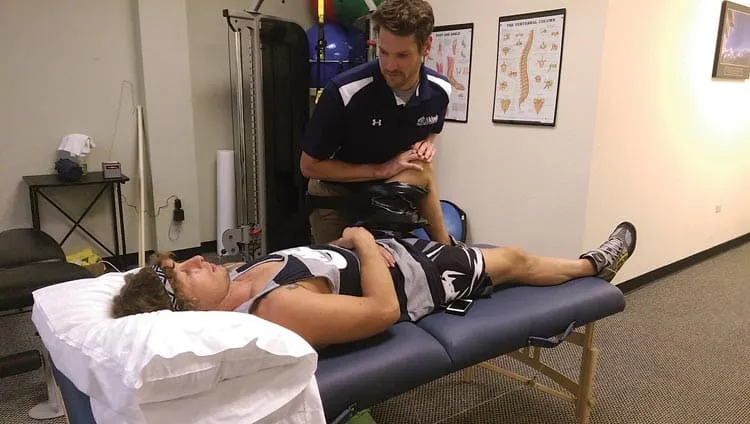Demand high for post-surgery rehab
Traditional and new treatments aid active, aging patients

Maybe it’s the skiing and the other active fitness sports people on the Front Range practice well into their Baby Boomer years.
Or maybe it’s just the fact that we’re all living longer.
Whatever the cause, rehabilitation after orthopedic surgery for knees and hips appears to be the most common need for patients along the Front Range, based on anecdotal polling. Ankle injuries and balance issues are another top rehabilitation area. Shoulder and rotator cuff rehabilitation comes in at No. 3.
Traditional and nontraditional therapy and rehabilitation centers can help.
THIS ARTICLE IS FOR SUBSCRIBERS ONLY
Continue reading for less than $3 per week!
Get a month of award-winning local business news, trends and insights
Access award-winning content today!
